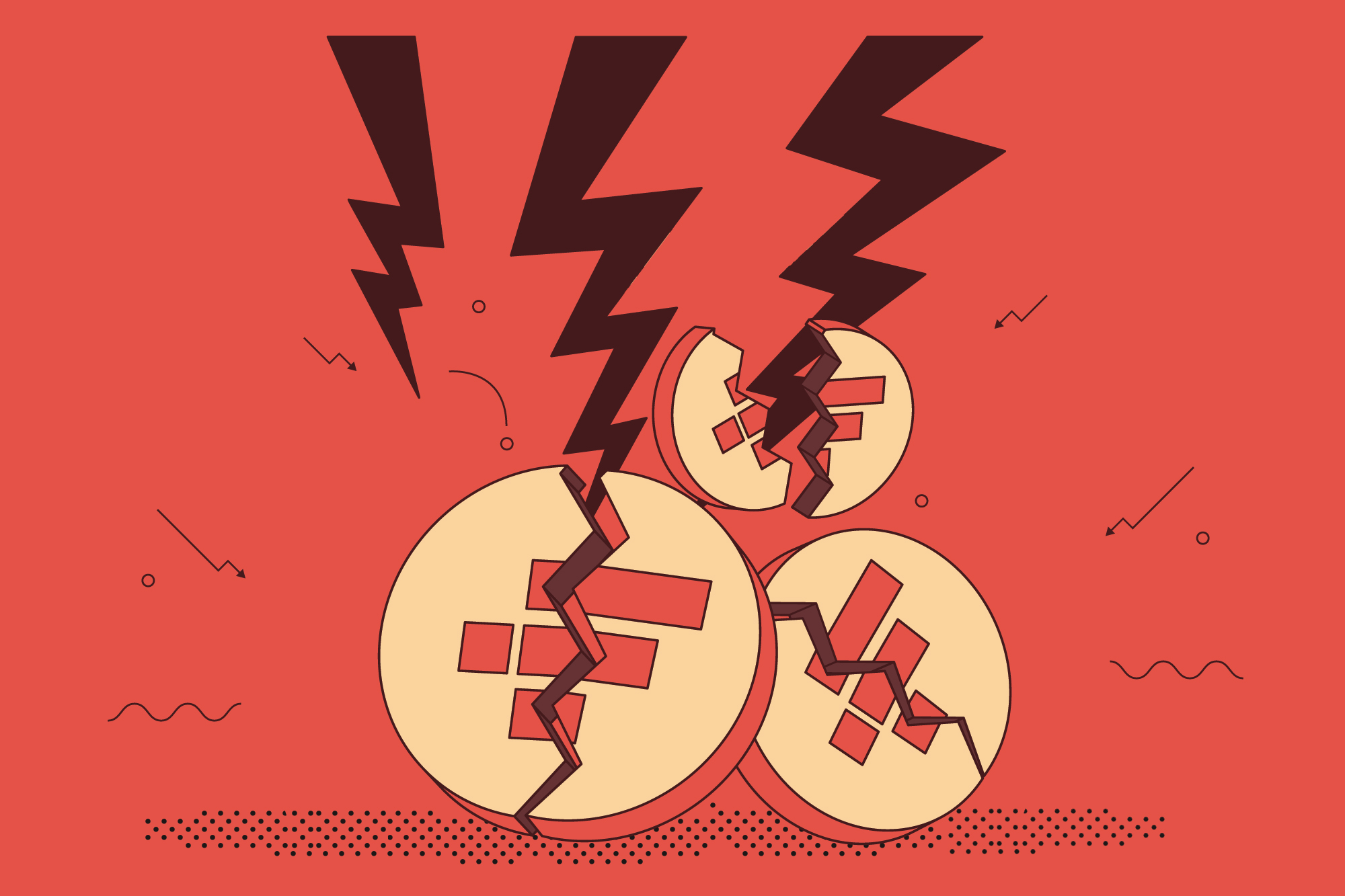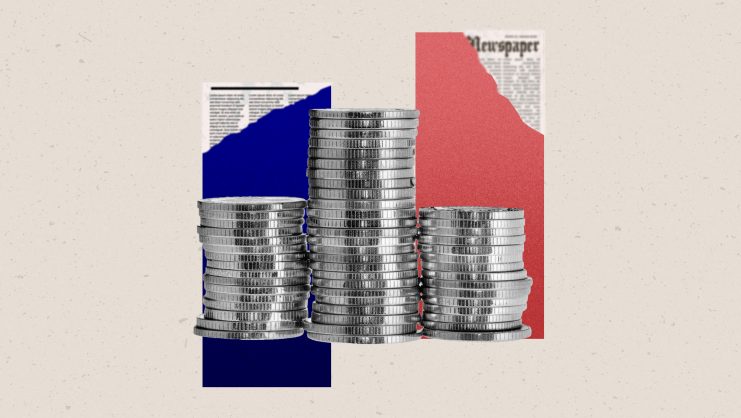Just over a year ago, Bitcoin was at a high of nearly $70,000. Since then, it has lost roughly 75% of its value. This fall reflects the perfect storm that has brought about devastating consequences with the collapse, bankruptcy, and receivership of FTX, the world’s fifth-largest crypto investment platform, together with its trading subsidiary Alameda Research and 130 additional affiliated companies. This comes on the back of the previous major crash in May this year, when the cryptoassets Terra and Luna, the lender Celsius Network, and the hedge fund Three Arrows Capital all succumbed to embers.
In this turbulent scenario, the most worrying issues are the so-called “margin calls” because they involve the loss of guarantees to cover an investment, inevitably leading to the closing of positions and a fall in the price of the related assets. In addition, the reputational risk has been so huge that investors who might have switched to other platforms, such as Voyager and Genesis, have been sufficiently disappointed and shocked by the crisis that they are likely to move their assets into the NASDAQ rather than any of these platforms. The duration of the meltdown and the aftershocks of this digital investment earthquake may likely drag on for many weeks.
The crypto investor profile is extremely fast moving – time flies faster in decentralized trading than in traditional assets. This dramatic collapse in the market shows that risks must be calculated and that there is a need to understand exactly what we are investing in when we acquire this type of underlying asset, though we may simply be shifting from mere speculation to hedging market risks. Investors today are much more aware of the need to calculate what they are doing and are no longer buying cryptoassets as a refuge from inflation but as high-risk assets. The consequences materialize in huge investor losses, though these are not a measure of reality, which is why returns were just as outrageously positive last year as they have been negative this year.
In the light of these factors, the regulator needs to legislate and regulate the situation of these investment instruments. The Spanish National Securities Market Commission (CNMV) has declared that the backlash from this dramatic situation has led to a 40% drop in the number of investors in these platforms, whilst trading volumes have plummeted by 90%. Basically, they are perceived as a high-risk market that requires regulatory coverage to provide greater guarantees for those trading in it. For months, Wall Street investment banks have been warning of the recent reduction to just two out of every 10 active bitcoins on the markets, with the other eight remaining in the wallets of their holders. By extension, this means many of these bitcoins have been withdrawn from the global cryptocurrency market.
The FTX bankruptcy has shown that investors do not want solvency to be backed by tokens but by old-fashioned dollars.
The biggest problem when cryptoasset platforms collapse is the dramatic drop in the number of solvent organizations with sufficient liquidity on their balance sheets to ride the fall of other players. In other words, as the players go bankrupt, there are more of them to be rescued and fewer rescuers. Following the reputational tsunami caused by the fall of FTX, Binance, the world’s largest digital platform, attempted a rescue mission. The acquisition had two objectives. The first was that it was a good opportunity to cheaply buy out a competitor. However, the second goal, which was actually much more important, was to stop the fear of contagion among investors who perceived these platforms as being unstable. Ironically, Binance thwarted its own rescue mission because, essentially, all the platforms have one very clear objective in mind at the moment and that is to ensure the financial security of their operations and their functioning (i.e., ensuring their clients do not run the risk of losing their money should a platform collapse.) Binance’s takeover of FTX, far from calming the troubled waters, could have generated cascading distrust in customers as to whether it had enough financial clout to support the bought-out company. And this is something that, once the integration attempt had been made, Binance felt it could not afford. In fact, both Binance and other smaller platforms, such as Crypto.com, OKX, Deribit and Coinbase, have released statements pledging to provide the market with stress tests, similar to those undertaken by banks, to demonstrate the resilience of their reserves to cover customer deposits.
In my humble opinion, as occurs with banks, these businesses are based on trust, and when trust is lost, the market realizes that, for example, FTX’s ability to repay its customers was only $1 in terms of liquidity for every $9 it owed in liabilities. This loss of trust meant that FTX, valued at $32 billion, an amount similar to BBVA’s current stock market value, lost almost all of its worth overnight. This shows that regulators have to dot their i’s and cross their t’s to provide institutional trust that is neither intended to be understood nor to be demagogically transparent, but only to make the players comfortable with the fact that it exists.
The crypto universe still boasts an estimated volume of $1 trillion – even after the recent downturn – and that is enough money for regulators to take action if we do not want another Lehman Brothers. However, in the case of cryptoassets, we must establish mandatory rules to set up safeguards and protective measures to prevent what nobody thinks can happen, but which has already happened. This is tantamount to understanding that FTX could not be a broker, lender, and custodian at the same time in the cryptoasset universe. It’s also important to note that FTX’s auditors in 2021, namely Armanino and Prager Metis, were unable to foresee and report the risks existing in FTX. But, this is no wonder given that the latter of these two auditing firms describes itself as the first CPA organization to open an office in the metaverse, in such a slick fashion that it is no surprise that things went pear-shaped.
It is hard to believe that, at least in theory, digital currencies arose as an alternative to regulated markets, governed by central banks. Ironically it is these banks that are wreaking havoc on alternative, decentralized digital assets, in the light of rampant inflation that is partly of their own making and a lack of faith in the economy due to restrictive monetary policies. This is proof indeed that human beings need to be regulated and controlled and this is the lesson to be learned. The FTX bankruptcy has shown that investors do not want solvency to be backed by tokens but by old-fashioned dollars.
Finally, to end on a positive note, the price at which Bitcoin is currently trading is similar to the cost of its production and energy mining, with JP Morgan recently stating that bitcoin production costs are around $15,000. This should encourage and inspire optimism in those who see cryptoassets as long-term investments, or at least that’s what the romantic in me would like to think.
© IE Insights.











